Airbus has revealed a first concept model of an unmanned companion drone for the Eurofighter at the ILA Berlin Air Show. The so-called “Wingman” flies without a pilot and combines several advantages. According to Airbus, the German Air Force has already expressed great interest.
Wingman Drone Concept
The Wingman drone is designed to accompany Europe’s Eurofighter combat jet, reports Welt News. It will be the same size as the Eurofighter but will fly without pilots and be cheaper to acquire. The concept model, showcased under the project name “Wingman,” is designed for a take-off weight of around 10 tons. Unlike the Eurofighter, the model will have stealth capabilities with a single engine, making it difficult to detect by radar.

Airbus Investment and Air Force Interest
The Wingman is currently just a concept being driven by the German side at Airbus. According to Michael Schoellhorn, head of Airbus’ defense division, a double-digit million amount has already been invested from the company’s own funds. Airbus can build on its experience in fighter jet construction and drones. Schoellhorn stated that the German Air Force has expressed great interest in the model and a clear need for an unmanned aircraft that flies with their manned fighter jets.

Potential Applications and Timeline
In addition to accompanying the Eurofighter, the Wingman could also be used with the new fighter jet in the German-French-Spanish FCAS project, which is scheduled to be operational by 2040. However, given the backdrop of the Ukraine war, Airbus does not want to wait that long. The Airbus model could be ready for use as early as the 2030s. “The war will not wait until you can do 6th generation,” said Schoellhorn.
Model Specifications and Capabilities
Airbus wants to set up the Wingman concept as a German-Spanish project, but no decision has been made yet. The model displayed at the ILA exhibition has a wingspan of 12 meters (39 feet) and a length of 15.5 meters (51 feet). In its companion role to manned fighter jets, the model could reconnoiter targets, disrupt enemy electronics, or destroy targets on the ground or in the air with guided munitions and missiles. The pilots in the manned aircraft would always have control over the missions.
International Developments and Competition
The idea of unmanned companion aircraft, or drones, interacting with manned fighter jets has been around for some time. In the US, the companies Anduril and General Atomics were recently selected for the development of similar combat and reconnaissance drones (Collaborative Combat Aircraft project), which are supposed to be considerably cheaper than manned fighter jets. With a potential China-Taiwan conflict in mind, the models could be produced inexpensively in high volumes.
France’s reaction to the German Wingman initiative is being awaited with anticipation. France had already developed the Neuron stealth combat drone years ago, which could also fly in a network. For Airbus’ Schoellhorn, France’s Neuron model is obviously a response to Paris not buying models of the US F-35 jet with stealth capabilities. Airbus does not fundamentally rule out that there could be competing offers to the Wingman concept.
Funding Uncertainties
The big uncertainty factor in the various military projects is the financing of the ventures. The €100 billion ($108 billion) special fund for the German armed forces is considered practically allocated and thus used up. Nevertheless, Airbus’ Schoellhorn still assumes that further Eurofighters will be ordered by the German Air Force, though he did not want to speculate on the quantities.
DroneXL’s Take
The unveiling of the Wingman drone concept by Airbus at ILA Berlin showcases the growing importance and potential of unmanned aerial vehicles in modern warfare. The ability to have drones accompany manned fighter jets opens up new tactical possibilities and could significantly enhance the capabilities of air forces around the world.
As the concept moves towards reality, it will be interesting to see how different Countries and companies approach the development of these unmanned companion drones. The competition between Airbus’ Wingman and other projects like the US Collaborative Combat Aircraft and France’s Neuron drone could drive innovation and accelerate the deployment of these cutting-edge technologies.
However, the funding uncertainties surrounding military projects, particularly in Germany, highlight the challenges in bringing these concepts to fruition. Governments will need to carefully balance their defense spending priorities to ensure that promising projects like the Wingman receive the necessary resources to move forward.
Overall, the Wingman drone concept represents an exciting development in the world of unmanned aerial vehicles and could have significant implications for the future of air combat. As the technology continues to evolve, drones are likely to play an increasingly important role in military operations, working alongside manned aircraft to enhance capabilities and reduce risks to human pilots.
Photos courtesy of Gerhard Hegmann.

Discover more from DroneXL
Subscribe to get the latest posts to your email.

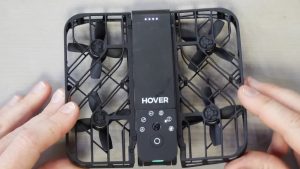
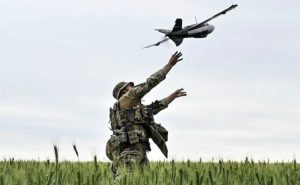


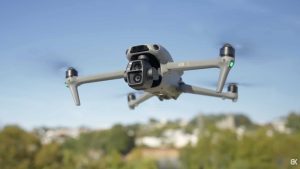
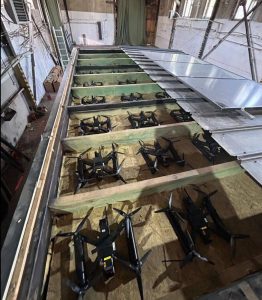

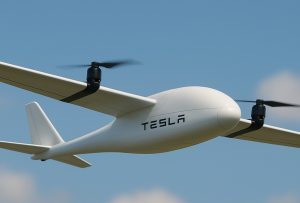
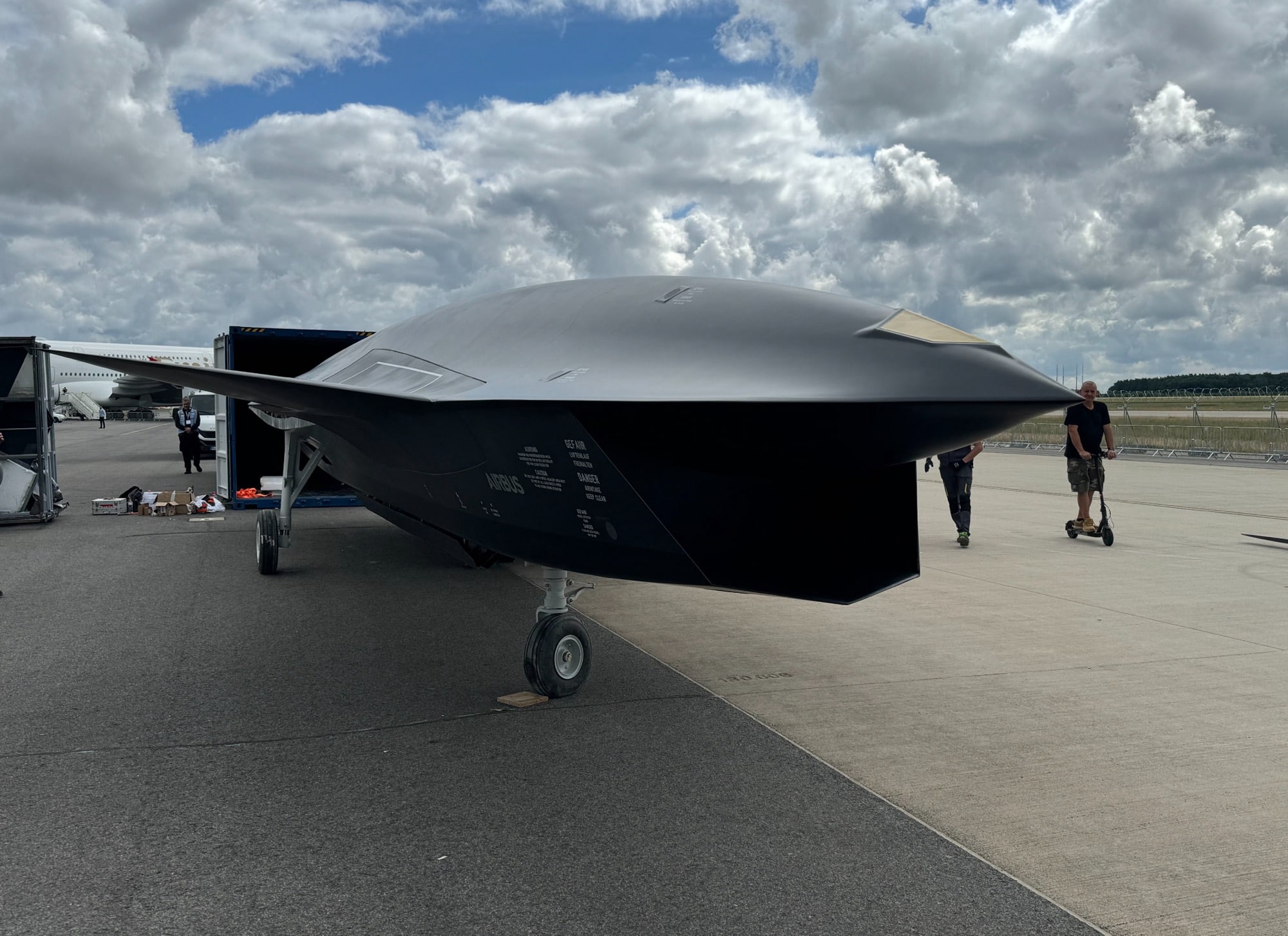
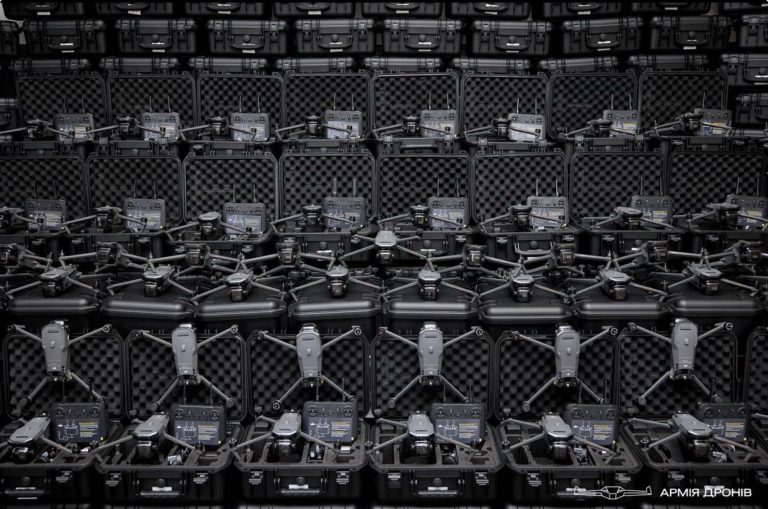

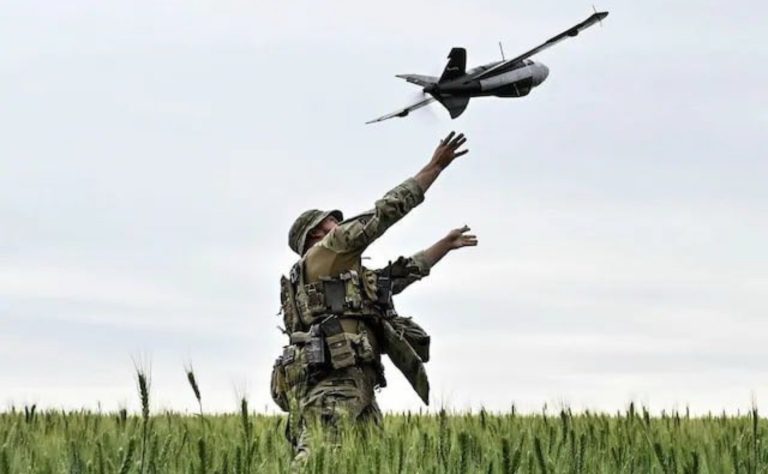





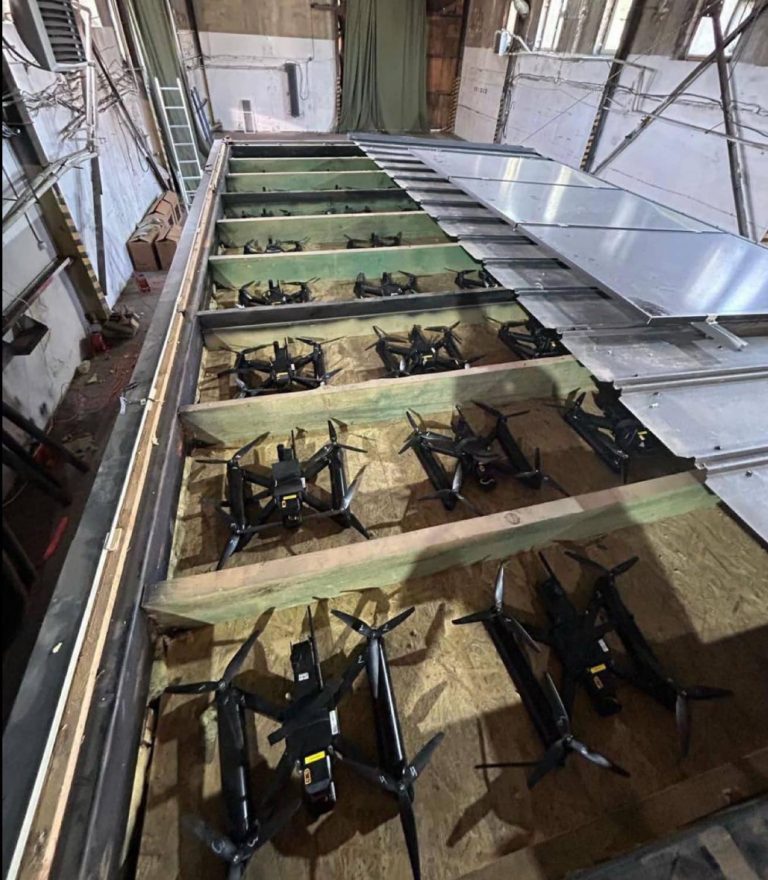

+ There are no comments
Add yours